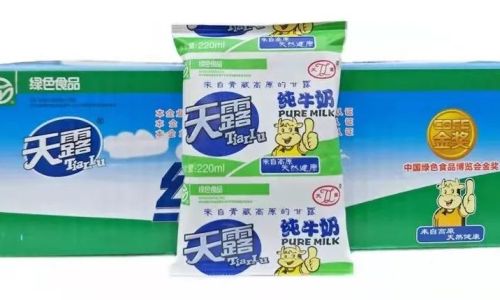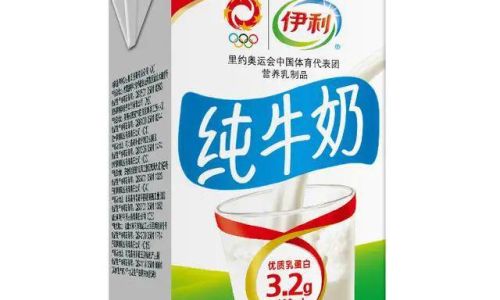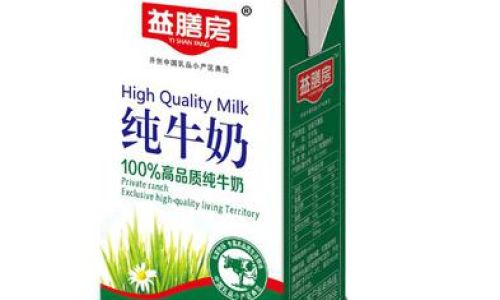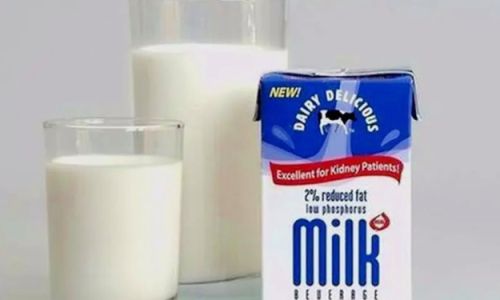Table of content
Introduction
Milk is a staple in households worldwide, prized for its nutritional value and versatility in cooking, baking, and beverages. However, one of the most common questions consumers face is: How long can opened milk be safely consumed after opening? This query is more than a casual curiosity—it touches on food safety, waste reduction, and economic savings. Each year, millions of liters of milk are discarded due to uncertainty about shelf life, contributing to environmental concerns and household budget strains. Understanding the factors that influence milk’s longevity post-opening is essential for minimizing waste and maximizing freshness. This article delves into the science behind milk spoilage, storage best practices, and actionable tips to extend its usability without compromising safety.
The Science Behind Milk Spoilage
Milk is a perishable product rich in proteins, fats, lactose, and water—a combination that makes it an ideal breeding ground for microorganisms. Even after pasteurization, which kills harmful bacteria like E. coli, Salmonella, and Listeria, milk retains some bacteria that can multiply under favorable conditions. The moment you open a milk container, you introduce oxygen and potential contaminants from the environment, accelerating spoilage.
Key Factors Affecting Shelf Life
-
Pasteurization Method
- High-Temperature Short-Time (HTST) Pasteurization: This method heats milk to 72°C (161°F) for 15 seconds, extending shelf life to about 1–3 weeks unopened. Once opened, it typically lasts 5–7 days if refrigerated.
- Ultra-High-Temperature (UHT) Pasteurization: Milk is heated to 138°C (280°F) for 2–4 seconds, sterilizing it. UHT milk, often sold in aseptic cartons, can last 6–9 months unopened but only 7–10 days after opening.
-
Storage Temperature
Milk should be stored below 4°C (39°F). Every 2°C rise above this threshold can halve its shelf life. Fluctuations in refrigerator temperature—such as those caused by frequent door openings—compromise quality faster.
-
Exposure to Light and Air
Light, especially sunlight, degrades milk’s riboflavin (vitamin B2), causing off-flavors. Air exposure introduces oxygen, which supports aerobic bacteria and oxidation, leading to sourness and curdling. -
Contamination
Using unclean utensils, drinking directly from the container, or storing milk near strong-smelling foods (e.g., onions, cheese) introduces bacteria and cross-contamination.
Signs of Spoilage: When to Discard Milk
Trusting your senses is critical, but not foolproof. Here’s how to assess milk quality:
-
Visual Cues
- Lumps or Curdling: Proteins coagulate as bacteria produce lactic acid.
- Discoloration: Yellowish tints or specks indicate bacterial growth.
-
Odor
Spoiled milk emits a sour, pungent smell due to lactic acid bacteria. However, some pathogens like Bacillus cereus do not alter odor, highlighting the need for strict time limits. -
Taste
A bitter or acidic flavor confirms spoilage. Never taste milk if doubt exists—discard it immediately.
-
Texture Changes
Thickened or slimy milk signals microbial activity.
Optimal Storage Practices to Extend Shelf Life
Proper handling can add days to your milk’s lifespan. Follow these guidelines:
-
Refrigeration Protocols
- Store milk at 1–4°C (34–39°F). Use a thermometer to monitor your fridge’s temperature.
- Keep it on the middle or lower shelf, not the door, where temperature fluctuates most.
-
Sealing the Container
- Tightly close the lid after each use. Consider transferring milk to airtight glass containers to minimize oxygen exposure.
- For UHT cartons, fold the spout and secure it with a clip.
-
Avoiding Cross-Contamination
- Use a clean spoon or pitcher to pour milk, not the carton itself.
- Isolate milk from pungent foods to prevent flavor absorption.
-
Freezing Techniques
While freezing alters texture (making it grainy), it’s safe for cooking or baking. Pour milk into freezer-safe containers, leaving 1–2 cm headspace for expansion. Thaw in the refrigerator and shake well before use.
Shelf Life Guidelines for Opened Milk
| Milk Type | Refrigerated Shelf Life (After Opening) |
|---|---|
| Pasteurized (Dairy) | 5–7 days |
| UHT (Long-Life) | 7–10 days |
| Lactose-Free | 5–7 days |
| Non-Dairy (Almond, Soy) | 7–10 days (unopened); 5–7 days opened |
Note: These timelines assume consistent refrigeration. Discard immediately if spoilage signs appear.
Advanced Tips for Prolonging Freshness
-
Vacuum Sealing
Remove air from the container using a vacuum sealer to slow oxidation. -
Smaller Portions
Decant milk into smaller containers to reduce air exposure each time you open it. -
Additives (Use with Caution)
A pinch of salt or a drop of lemon juice can slightly inhibit bacteria, but this may affect taste. -
Fermentation
Turn slightly sour milk into yogurt or kefir through controlled fermentation.
Food Safety: The Risks of Ignoring Expiry Dates
Consuming spoiled milk can lead to:

- Food Poisoning: Symptoms include nausea, vomiting, diarrhea, and abdominal pain.
- Listeriosis: A severe infection caused by Listeria monocytogenes, dangerous for pregnant women, newborns, and the elderly.
- Allergic Reactions: Degraded proteins may trigger mild to severe reactions in sensitive individuals.
Myth Buster: “If it smells fine, it’s safe.”
Some pathogens, like Staphylococcus aureus, produce toxins that aren’t detectable by smell or taste. Always adhere to time limits.
Environmental Impact and Waste Reduction
Approximately 1.3 billion tons of food are wasted annually, with dairy products contributing significantly. Extending milk’s lifespan reduces your carbon footprint. Consider:
- Meal Planning: Use milk in recipes (e.g., smoothies, pancakes) before it spoils.
- Composting: Spoiled milk can be added to compost piles in small amounts.
- Donations: If milk is near its expiry but still safe, donate to food banks.
Frequently Asked Questions
-
Why does milk spoil faster in some refrigerators?
Inconsistent cooling, door storage, or proximity to vents can raise temperatures. -
Can I drink milk left out overnight?
No. Bacteria multiply rapidly between 4°C and 60°C (40°F and 140°F). Discard it. -
Does organic milk last longer?
Organic milk uses similar pasteurization methods, so shelf life is comparable to conventional milk. -
Why does UHT milk last longer unopened?
Aseptic packaging and higher heat treatment eliminate spoilage organisms.
Conclusion
Mastering milk storage is a blend of science and habit. By understanding pasteurization, adhering to temperature controls, and using sensory cues, you can safely enjoy milk while reducing waste. Remember: when in doubt, throw it out. Prioritizing freshness ensures both flavor and safety, turning a daily chore into a sustainable practice.
Final Tip: Label your milk containers with the opening date to track usage. Small steps like these can save money, time, and the planet—one glass at a time.





0 comments